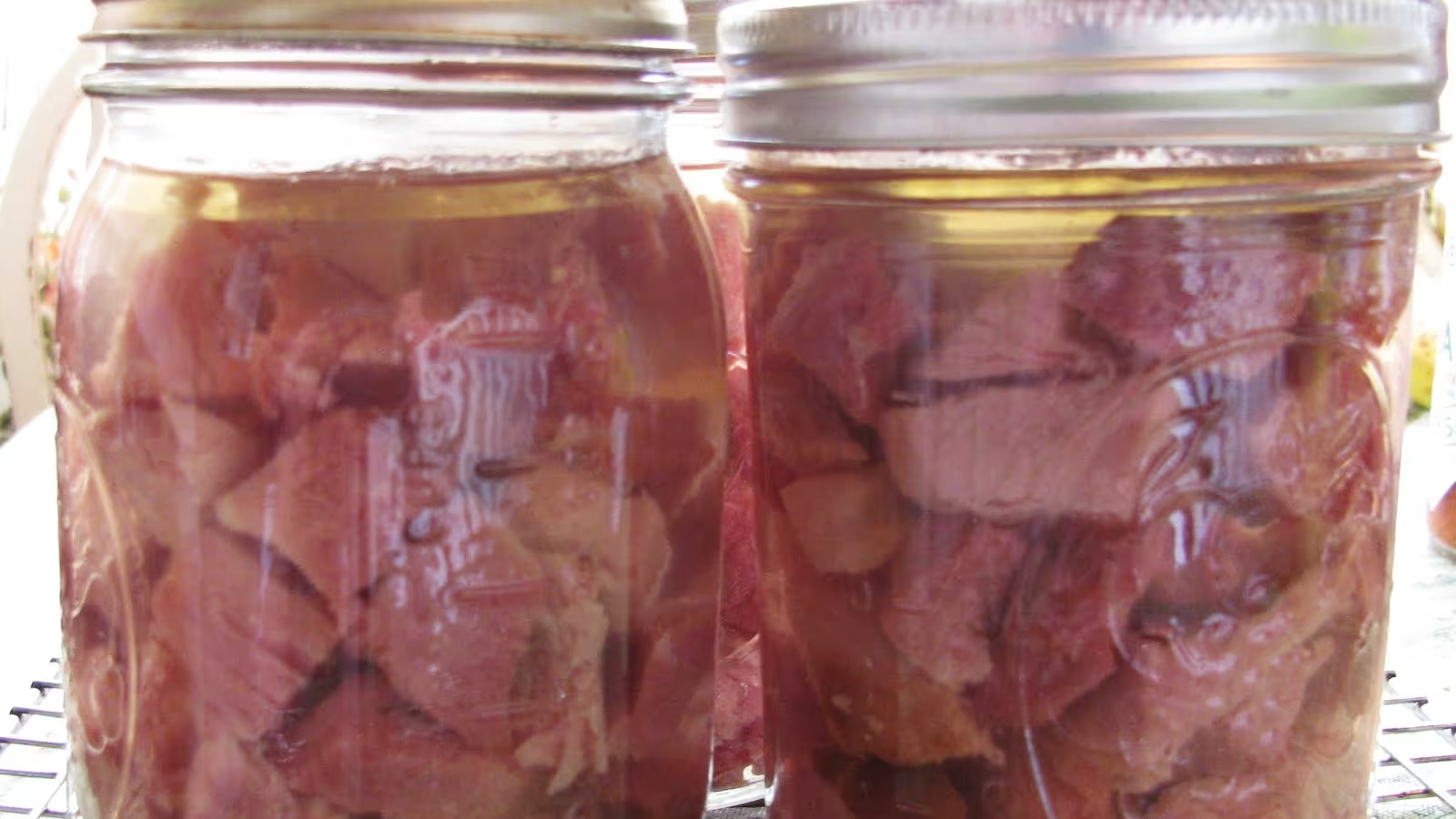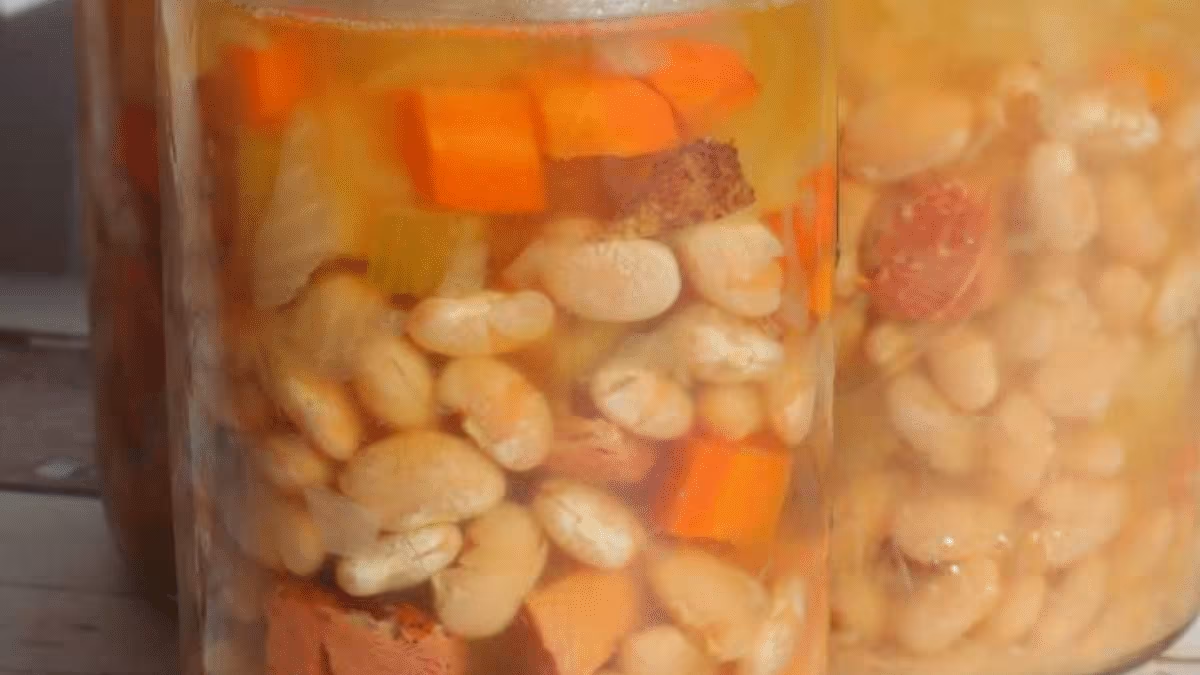
Savory Canned Ham Recipes: Preserve Deliciousness for Every Meal!
Written by Jessica Lopez
Published at 15-07-2023
Edited on 04/07/2025 | 02:47 PM
Meat-Based RecipesCourse: Preserving
Cuisine: American
Difficulty: Moderate
Servings
4 pints
Prep Time
15 minutes
Cooking Time
2 hours
Total Time
2 hours 15 minutes
Fat
10g
Protein
20g
Carbs
2g
Calories
150 kcal
Are you looking to preserve that succulent flavor of ham while adding a delightful twist to your meals? Look no further! Canning ham recipes are not only a great way to keep your favorite protein fresh for months but also an excellent opportunity to create delicious and convenient meals. Whether you're a seasoned canner or a newbie in the kitchen, these recipes will guide you step-by-step to achieve mouth-watering results. Canning ham is a fantastic way to reduce waste and ensure you have a flavorful meal ready at a moment's notice. Imagine being able to open a jar of homemade canned ham and serve a hearty soup, a savory casserole, or even a simple sandwich with the rich taste of freshly preserved ham.
Not only does this method save you time on busy days, but it also allows you to control the ingredients, ensuring that your meals are both wholesome and delicious. In this blog post, we'll explore various canning ham recipes that suit every palate and occasion. From sweet and tangy honey-glazed ham to spicy mustard-infused options, the possibilities are endless. Plus, you'll learn essential canning techniques that will help you keep your food safe and flavorful. So, roll up your sleeves and get ready to dive into the world of canning ham! With these easy-to-follow recipes, you’ll be well on your way to creating pantry staples that will delight your family and friends.
Let’s make mealtime special, one jar at a time!.


